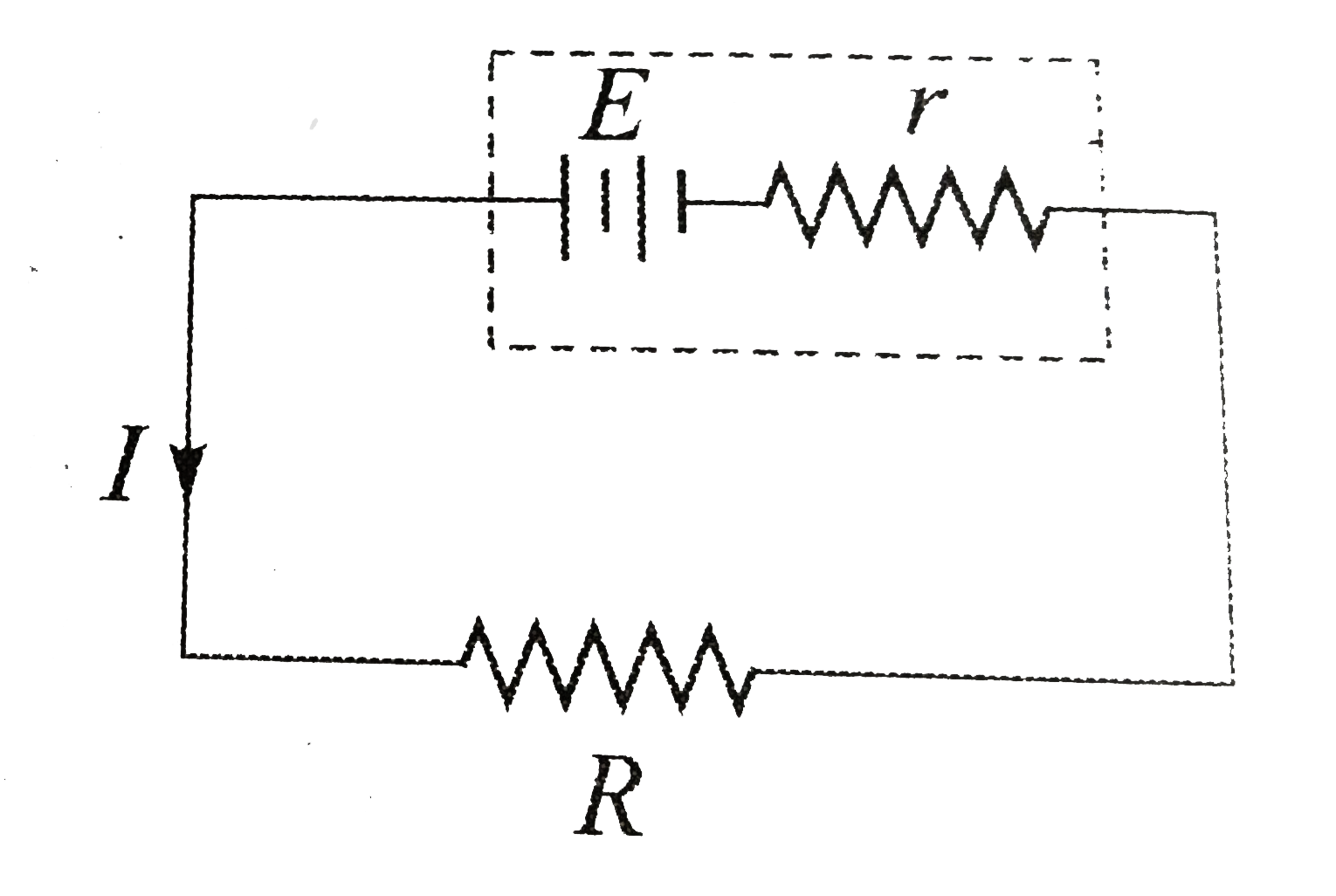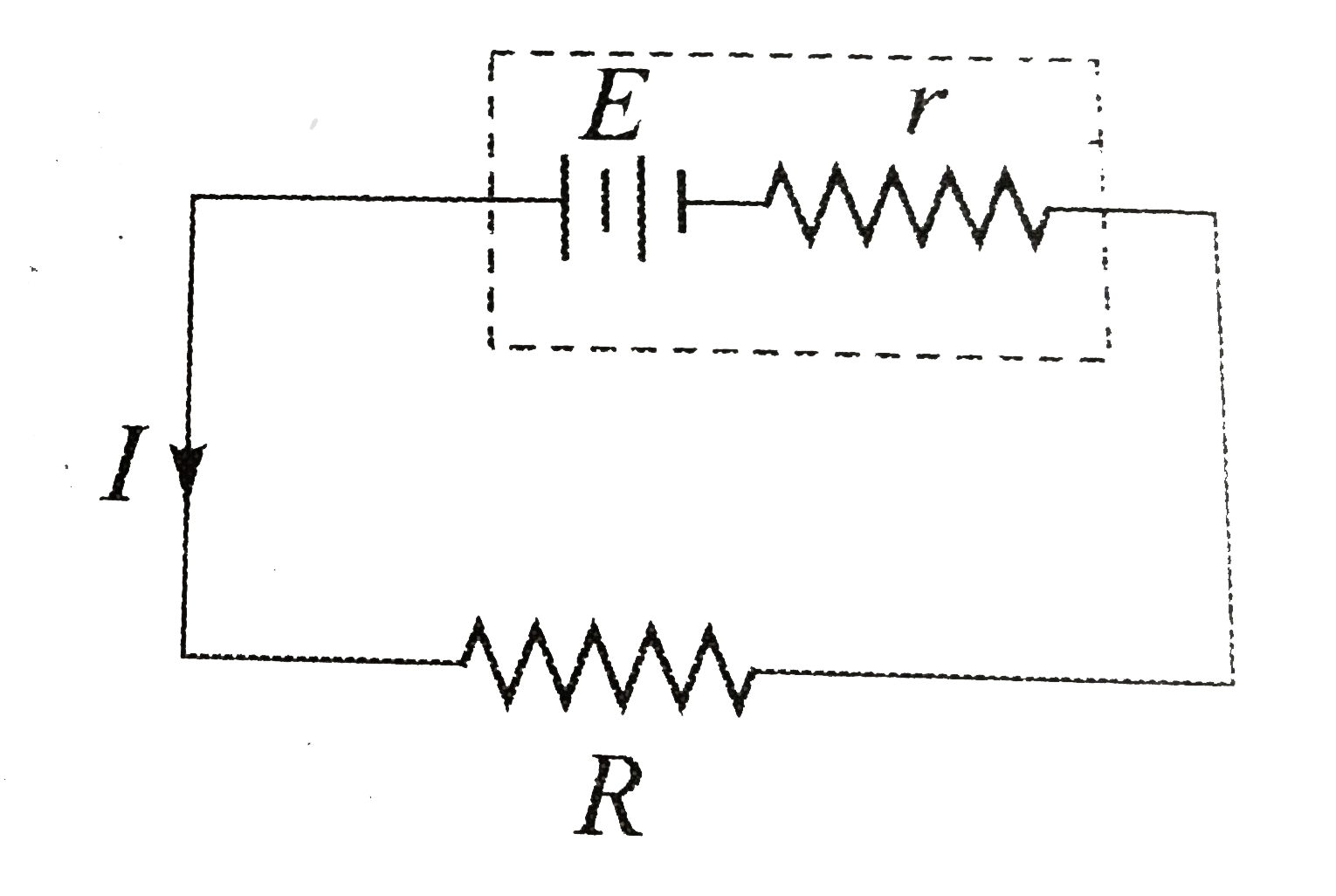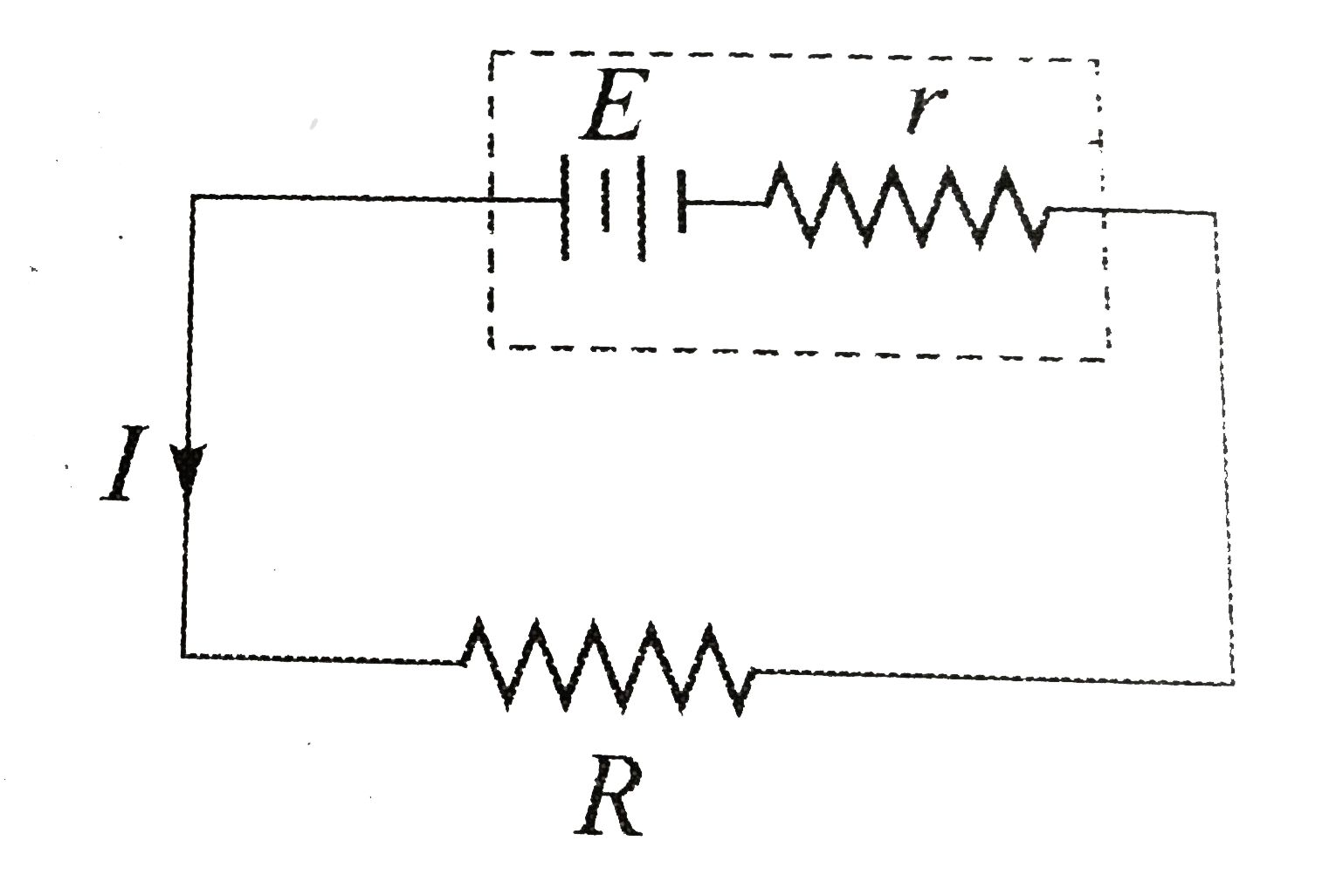Assertion: Through the same current flows through the line wires and the filament of the bulb but heat produced in the filament is much higher than that in line wires.
Reason: The filament of bulbs is made of a material of high resistance and high melting point.
If both Assertion & Reason are True & the Reason is a correct explanantion of the Assertion
If both Assertion & Reason True but Reason is not a correct explanation of the Assertion
If Assertion is True but the Reason is False
If both Assertion & Reason are False.
To solve the given question, we will analyze both the assertion and the reason provided.
Step 1: Understand the Assertion
The assertion states that the same current flows through both the line wires and the filament of the bulb, but the heat produced in the filament is much higher than that in the line wires.
Hint: Consider the relationship between current, resistance, and heat produced in a conductor.
Step 2: Analyze the Heat Produced
The heat produced (H) in a conductor can be calculated using the formula:
H=I2R×t
where:
- I is the current,
- R is the resistance,
- t is the time for which the current flows.
Since the current (I) is the same in both the filament and the line wires (as they are in series), the heat produced is directly proportional to the resistance (R) of each component.
Hint: Think about how resistance affects the heat generated when the same current flows through different materials.
Step 3: Compare the Resistances
The filament of the bulb is made of a material with high resistance compared to the line wires. This high resistance leads to a greater amount of heat being produced in the filament when the same current flows through it.
Hint: Reflect on why materials with high resistance are used for filaments in bulbs.
Step 4: Understand the Reason
The reason given states that the filament of the bulb is made of a material with high resistance and high melting point. This is true because:
- A high resistance ensures that more heat is generated when current flows through it.
- A high melting point is necessary to prevent the filament from melting or burning out quickly.
Hint: Consider the practical implications of using materials with high melting points in electrical components.
Step 5: Conclusion
Both the assertion and the reason are true, and the reason correctly explains the assertion. Therefore, the correct conclusion is that both the assertion and the reason are true, and the reason is the correct explanation for the assertion.
Final Answer: Assertion and reason are both true, and the reason is the correct explanation for the assertion.
The assertion states that the same current flows through both the line wires and the filament of the bulb, but the heat produced in the filament is much higher than that in the line wires.
The heat produced (H) in a conductor can be calculated using the formula:
H=I2R×t
where:
- I is the current,
- R is the resistance,
- t is the time for which the current flows.
The filament of the bulb is made of a material with high resistance compared to the line wires. This high resistance leads to a greater amount of heat being produced in the filament when the same current flows through it.
The reason given states that the filament of the bulb is made of a material with high resistance and high melting point. This is true because:
- A high resistance ensures that more heat is generated when current flows through it.
- A high melting point is necessary to prevent the filament from melting or burning out quickly.
Both the assertion and the reason are true, and the reason correctly explains the assertion. Therefore, the correct conclusion is that both the assertion and the reason are true, and the reason is the correct explanation for the assertion.
Similar Questions
Will current flow more easily through a thick wire or a thin wire of the same material when connected to the same source ? Why ?
View SolutionWill current flow more easily through a thick wire or a thin wire of the same material when connected to the same source ? Why ?
View SolutionAssertion : If a current flows through a wire of non-uniform cross-section, potential difference per unit length of wire is same throughout the length of wire.
Reason : Current through the wire is same at all cross-sections.
View SolutionIf a current of 0.5 apere flows through a metallic wire for 2 hour then how many electrons flow through the wire ?
View SolutionA current of 0.2 A flows through a wire whose ends are at a potential difference of 15 V. Calculate :
the heat energy produced in 1 minute.
View SolutionElectric fuse is a protective device used in series with an electric circuit or an electric appliance to save it from damage due to overheating porduced by strong current in the circuit or application. Fuse wire is generally made from an alloy of lead and tin, which has hifh resistance and low melting point. It is connected in series in an electric installation. If a circuit gets accidentally short-circuited, a large current flows, then fuse wire melts away, which causes a break in the circuit. The power through fuse (F') is equal to heat energy lost per unit area per unit time (h) (neglecting heat loses from ends of the wire).
P=I2R=h×2πrl[R=ρlπr2]
where r and l are the length and radius of fuse wire, respectively.
A Battery is described by its emf (E) and internal resistance (r). Efficiency of battery (η) is defined as the ratio of the output to the input power.
η=OutputpowerInputpower×100%

But I=E/(R+r), input power = EI.
Output power =EI−I2r, then.
η=(EI−I2rEI)×100=(1−IrE)×100
=[1−(ER+r)(rE)]×100=(RR+r)×100
We know that output power of a source is maximum when the external resistance is equal to internal resistance, i.e., R = r .
Two fuse wires of same potential , material have length ratio 1:2 and ratio of radius 4:1. Then respective ratio of their current rating will be
View SolutionElectric fuse is a protective device used in series with an electric circuit or an electric appliance to save it from damage due to overheating porduced by strong current in the circuit or application. Fuse wire is generally made from an alloy of lead and tin, which has hifh resistance and low melting point. It is connected in series in an electric installation. If a circuit gets accidentally short-circuited, a large current flows, then fuse wire melts away, which causes a break in the circuit. The power through fuse (F') is equal to heat energy lost per unit area per unit time (h) (neglecting heat loses from ends of the wire).
P=I2R=h×2πrl[R=ρlπr2]
where r and l are the length and radius of fuse wire, respectively.
A Battery is described by its emf (E) and internal resistance (r). Efficiency of battery (η) is defined as the ratio of the output to the input power.
η=OutputpowerInputpower×100%

But I=E/(R+r), input power = EI.
Output power =EI−I2r, then.
η=(EI−I2rEI)×100=(1−IrE)×100
=[1−(ER+r)(rE)]×100=(RR+r)×100
We know that output power of a source is maximum when the external resistance is equal to internal resistance, i.e., R = r .
The maximum power rating of a 20.0Ω fuse wire is 2.0kW. This fuse wire can be connected safely to a DC source (negligible internal resistance) of
View SolutionElectric fuse is a protective device used in series with an electric circuit or an electric appliance to save it from damage due to overheating porduced by strong current in the circuit or application. Fuse wire is generally made from an alloy of lead and tin, which has hifh resistance and low melting point. It is connected in series in an electric installation. If a circuit gets accidentally short-circuited, a large current flows, then fuse wire melts away, which causes a break in the circuit. The power through fuse (F') is equal to heat energy lost per unit area per unit time (h) (neglecting heat loses from ends of the wire).
P=I2R=h×2πrl[R=ρlπr2]
where r and l are the length and radius of fuse wire, respectively.
A Battery is described by its emf (E) and internal resistance (r). Efficiency of battery (η) is defined as the ratio of the output to the input power.
η=OutputpowerInputpower×100%

But I=E/(R+r), input power = EI.
Output power =EI−I2r, then.
η=(EI−I2rEI)×10(1−IrE)×100
=1−(ER+r)(rE)×100=(RR+r)×100
We know that output power of a source is maximum when the external resistance is equal to internal resistance, i.e., R = r .
Efficiency of a battery (nonideal) when delivering the maximum power is
View SolutionA current of 0.5A is drawn by a filament of an electric bulb for 10 minutes. Find the amount of electric charge that flows through the electric circuit.
View SolutionA car bulb connected to a 12 volt battery draws 2 A current when glowing . What is the resistance of the filament of the bulb ? Will the resistance be more, same or less when the bulb is not glowing ?
View Solution
